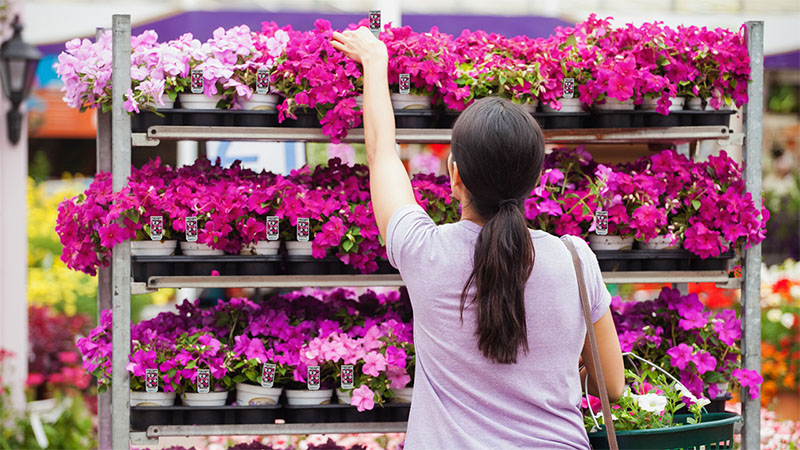How Leafy Greens Growers Have Turned Food Safety Challenges Into Opportunities

Editor’s Note: This article is the second of a three-part series on food safety concerns in the production of leafy greens in a controlled environment. Click here to check out Part One of the series, which covered the formation of the CEA Food Safety Coalition.
Growing lettuce and other leafy greens in a controlled environment presents its own set of challenges and opportunities. During United Fresh Live in June, Marni Karlin, Executive Director of the CEA Food Safety Coalition, moderated a discussion that outlined how indoor growers who make food safety a priority, rather than dismissing it as a problem unique to field-grown crops, can inadvertently create market opportunities for themselves. The panel featured growers of all types (greenhouses, vertical farms, and warehouses) and sizes. Here are a few insights from the discussion.
Don’t Overlook Irrigation and Growing Media
Jackie Hawkins, Senior Manager of Food Safety at BrightFarms, says irrigation water is likely potable if it comes from municipalities or wells. However, it can still be contaminated, so don’t assume it’s clean and forsake the necessary testing.
“Test your incoming water, treat it if necessary, and test it again,” Hawkins says.
Growing media, as well, may not seem like a concern because many leafy greens producers are not growing in soil.
“But the seeds might have been grown in media, so it’s important to do routine monitoring of your media as it comes into the greenhouse,” Hawkins says.
From Data Comes Solutions
Michael DeChellis, Co-Founder of Livingston Greens, a small indoor farm in Montana, says it’s critical for greenhouse producers to compile the data they’re able to collect from growing in a controlled environment to create a plan for developing a safer product.
“For small farms, working with other growers in the CEA Food Safety Coalition is a great opportunity,” DeChellis says. “Our members share data, and this culture of collaboration can help us identify ways to overcome challenges.”
For example, DeChellis cites a mold issue at Livingston Greens, which he addressed by using temperature and humidity data to highlight the problem area and the conditions that caused the problem.
Consider Design Upgrades
Simon Yevzelman, Managing Partner and Leader of Biosecurity at Planted Detroit, a vertical farm in the Motor City, says his company saw the concerns of food safety looming, so it opted to temporarily suspend production so it could enhance its production systems with food safety as a guiding principle.
“Thanks to those efforts, we are now in an expansion mode,” Yevzelman says.
Full Company Responsibility
Oscar Camacho, President of Superior Food Safety, a California-based consulting company, says any greenhouse production system should be designed to optimize best food safety practices.
“The system needs to work across the entire company,” Camacho says. “This means communication from one end of the production line to the other is critical.
Retailers and Consumers Care
Chris Livingston, General Counsel at Bowery Farming, a vertical farming company in New York, says the CEA Food Safety Coalition is currently developing a standard specific to controlled-environment production that addresses unique challenges such as water management and infrastructure.
“Our goal is to have a seal that members can use to show their customers they are complying with standards unique to our industry,” Livingston says. “We are also developing a research agenda based on food safety topics.”
Stay tuned for Part 3 of this series, which will focus on how the coronavirus pandemic added value to CEA-grown leafy greens.










